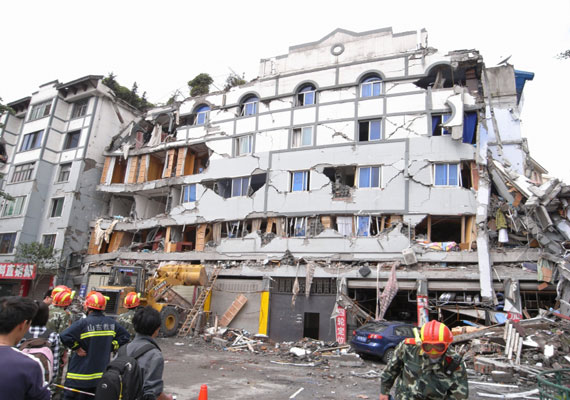On [Date], Jaipur, the Pink City of India, experienced a natural calamity that shook its residents to their core. An earthquake struck the region, causing widespread panic and damage to property. This unexpected event left the city in disarray and the people in shock. In this blog, we will explore the details of the earthquake in Jaipur, its impact on the city, and the efforts undertaken for recovery.
Understanding the Earthquake:
The earthquake that hit Jaipur measured [magnitude] on the Richter scale, making it a significant seismic event for the region. The epicenter was reported to be [location], and the tremors were felt across the city and its outskirts. The quake's depth and intensity contributed to the extent of the damage caused to buildings, roads, and infrastructure.
Impact on Residents:
As the ground trembled beneath them, fear and panic engulfed the residents of Jaipur. People rushed out of their homes and workplaces, seeking safety in open areas. Several buildings suffered severe damage, leading to concerns about structural integrity and the potential for further collapses. Lives were disrupted, and many families were displaced, seeking refuge with friends and relatives or in temporary shelters set up by the authorities.
Infrastructure Damage:
The earthquake wreaked havoc on Jaipur's infrastructure, causing roads to crack, bridges to crumble, and power lines to collapse. The city's lifelines, including water supply and communication networks, were also affected, hampering immediate rescue efforts. Public places, such as malls, schools, and hospitals, bore the brunt of the disaster, adding to the challenges faced by rescue teams.
Rescue and Relief Efforts:
In the wake of the earthquake, swift action was taken to initiate rescue and relief operations. Local authorities, along with disaster response teams and volunteers, worked tirelessly to locate and help those trapped under debris. Medical teams were deployed to provide urgent medical attention to the injured. Relief camps were set up to provide shelter, food, and other essentials to the affected families.
Rebuilding and Rehabilitation:
As the immediate rescue phase passed, attention turned towards rebuilding the city and rehabilitating those impacted by the disaster. Government agencies and non-profit organizations collaborated to assess the damage and create a comprehensive plan for reconstruction. Financial aid and resources from various sources were pooled to support the rehabilitation efforts.
Lessons Learned:
The earthquake in Jaipur serves as a poignant reminder of our vulnerability to natural disasters. It underscores the importance of preparedness, both at an individual and societal level. Raising awareness about earthquake-resistant construction practices, creating emergency response strategies, and conducting regular drills can help minimize the impact of such calamities in the future.
Conclusion:
The earthquake in Jaipur was a trying time for the city and its residents, but it also demonstrated the strength and resilience of the community. As the city rebuilds, it stands united, determined to overcome this adversity and emerge stronger than before. Let us learn from this experience and work together to create a safer and more prepared environment for our cities in the face of uncertain natural occurrences.



